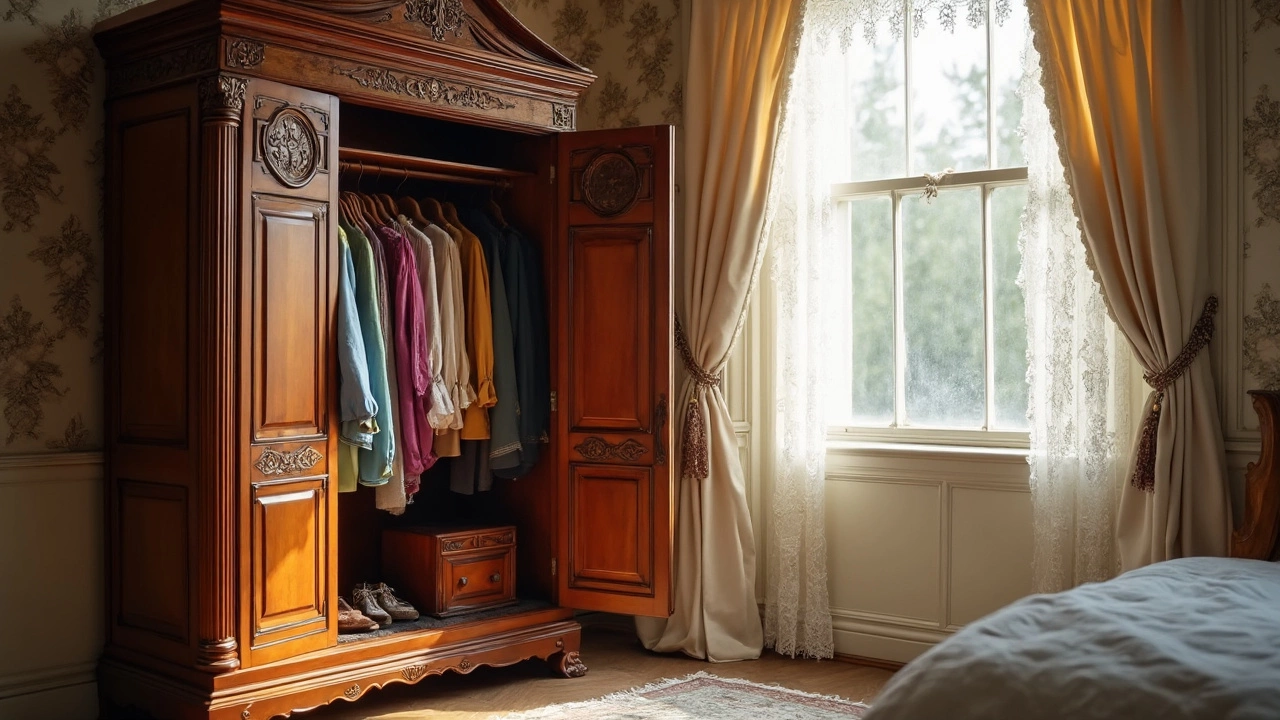American English – Practical Furniture Guides for Everyday Living
Ever wonder why some articles use words like "couch" instead of "sofa" or "color" instead of "colour"? That’s the American English vibe – straightforward, no‑frills language that fits right into a busy home makeover. This tag gathers all those clear‑cut guides, so you can skip the jargon and get straight to the stuff that matters.
First up, durability. If you’ve wrestled with a sofa that droops after a few months, the post Most Durable Sofas in 2025 breaks down exactly what to look for: a hardwood frame, high‑density foam, and a fabric that stands up to kids and pets. No need to hunt every retailer’s spec sheet – the guide tells you which materials last longest and why they matter.
Smart Size Choices for Your Living Room
Getting the right TV stand size feels like a math problem, right? The article Best TV Stand Size for a 55 Inch TV gives you a quick ruler trick: measure the TV’s width, add an inch on each side, and you’re set. It also points out why a too‑small stand can wobble and how a wider base improves stability – especially with a family dog jumping on it.
Speaking of distances, the Perfect Sofa-to‑TV Distance guide shows you a simple formula: multiply the TV’s diagonal by 1.5 for a comfortable view. That number works for most rooms, and you can tweak it if you like a cinema feel or a tighter lounge vibe.
Style Hacks Without the Guesswork
Stuck on coffee table style? Most Popular Coffee Table Styles walks you through the three trends that actually sell: the sleek low‑profile glass, the reclaimed wood centerpiece, and the industrial metal frame. Each option pairs with a different sofa shape, so you can match your living room’s vibe in minutes.
If you’re debating a rug under the coffee table, the Should You Put a Rug Under Your Coffee Table? post lists pros (cozy feel, noise dampening) and cons (tripping hazard, cleaning challenge). The decision boils down to foot traffic and how much you love texture.
For small spaces, the Best Spots to Place a Bookcase in a Small Bedroom article gives three placement ideas: beside the bed for a night‑stand combo, under the window for light bounce, or across the wall to create a gallery feel. Each tip includes a quick measuring step so you know it will fit before you buy.
Even the weird questions get answered. Wondering if mosquitoes love wicker furniture? The Do Mosquitoes Love Wicker Furniture? piece explains that it’s not the material but the standing water nearby that attracts bugs, so you can keep your patio set and still stay bite‑free.
All these guides share the same goal: give you a clear answer without a science‑class lecture. They’re written in plain American English, which means you’ll see “couch” instead of “sofa” when the article talks about comfort, and “color” instead of “colour” when discussing paint choices. That consistency helps you skim quickly and apply the tips to your UK home without second‑guessing the terms.
Browse the tag, pick the article that matches your current project, and start fixing, styling, or buying with confidence. No fluff, just the facts you need to make your space look and feel better – fast.
American Word for Wardrobe: What Do Americans Really Say?
Wondering what Americans call a wardrobe? This article breaks down the language difference and why 'closet' is the go-to word in the US. Find out how closets became the default, how Americans use them, and what makes them different from wardrobes in other countries. There are even tips to help you make sense of U.S. storage lingo if you just moved or love home design. Get ready to see your bedroom storage in a new way.
MoreCloset or Wardrobe: What's the American Choice?
Americans say 'closet' more often than 'wardrobe' when referring to storage spaces for clothes, though both terms exist. 'Closet' is more common in US households, typically implying a built-in space, whereas 'wardrobe' often refers to a standalone piece of furniture. Understanding these terms can help in home organization and communication. Moreover, historical influences and cultural trends shape these language differences, making it intriguing for language enthusiasts.
More

